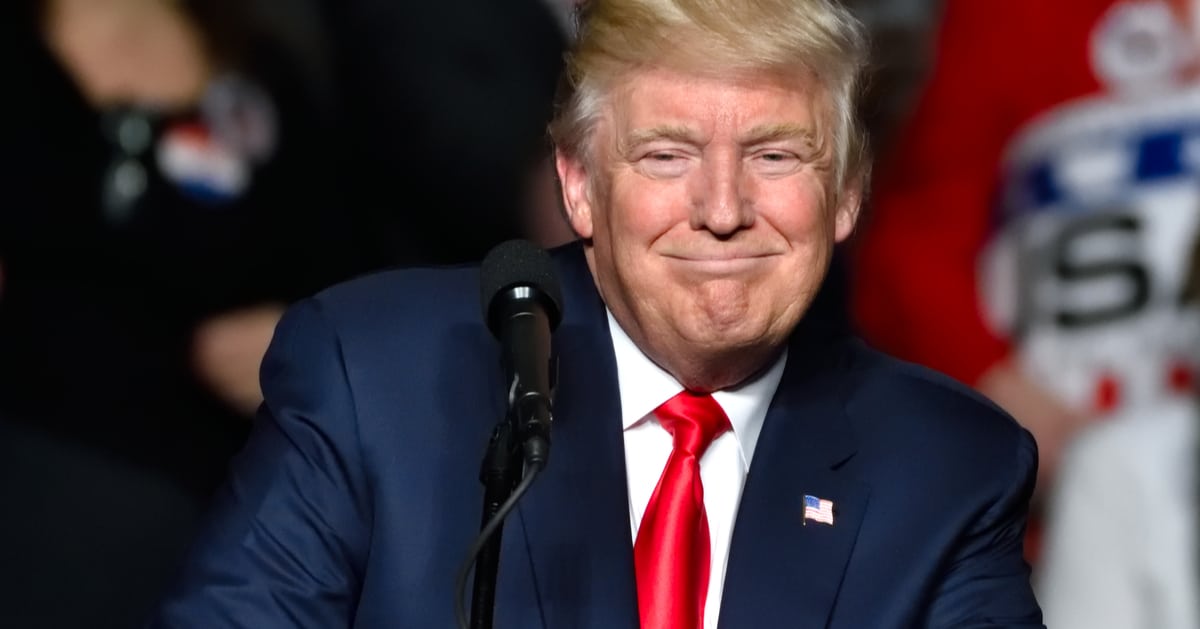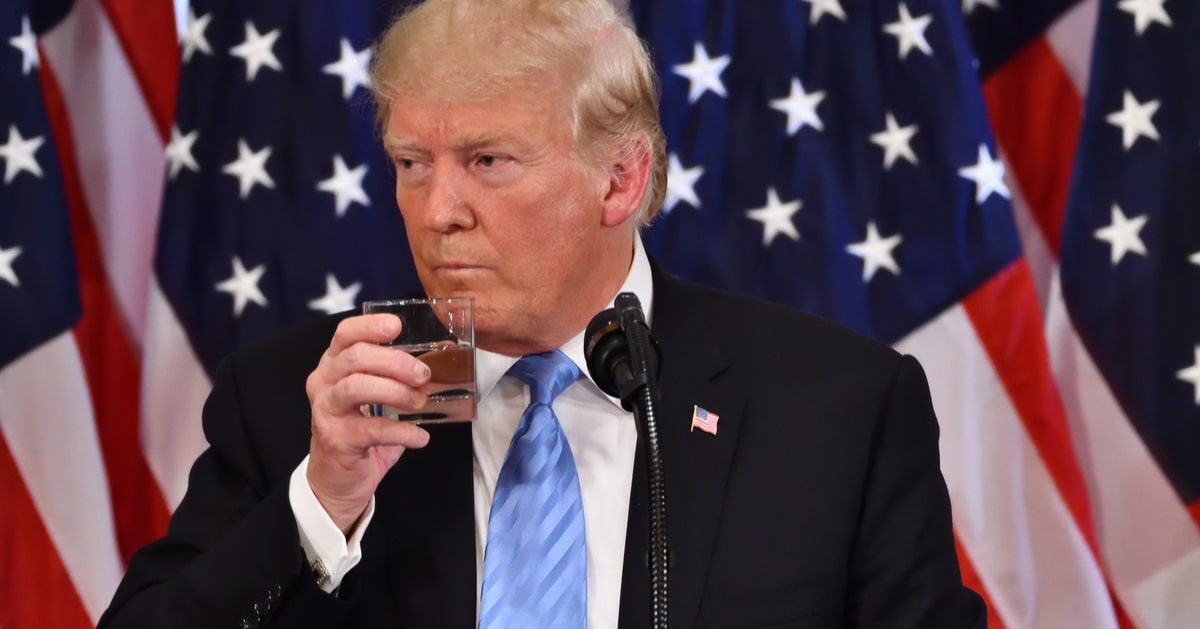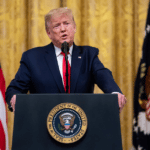



The U.S. Secret Service is facing intense scrutiny after a Senate report revealed a series of alarming failures that led to an assassination attempt on former President Donald Trump during a rally in Butler, Pennsylvania, on July 13. The shooter, Thomas Matthew Crooks, fired multiple shots, hitting Trump and leaving one person dead and two critically injured.
The Daily Mail reported that a Senate investigation has uncovered a series of security breakdowns and miscommunications that allowed the shooter to carry out the attack.
According to the report, Crooks, armed with an AR-15, was positioned on a nearby building and fired eight rounds during the rally.
The Secret Service’s drone operations, intended to provide surveillance for the event, experienced critical failures due to technical issues.
These drones, crucial for monitoring the rally area, were offline for several hours as the responsible agent, with only three months of experience, had to contact a tech support hotline to resolve the issue.
The Senate report, released on Wednesday, called the security failures "foreseeable, preventable, and directly related to the events" of that day.
One of the most significant failures identified was the lack of a clear chain of command overseeing security, which resulted in several crucial areas not being covered adequately, including the building from where Crooks fired his shots.
Investigators found that communication among security personnel was fragmented. Security teams operated on separate radio channels, leading to critical delays in relaying information.
A local law enforcement officer had raised concerns about securing the building two days before the rally, but the lack of manpower prevented them from addressing the issue. The Secret Service, meanwhile, denied requests for additional resources, including drone capabilities and a Counter Assault Team liaison.
In a critical moment just 22 seconds before the shooting, a local officer radioed about an armed individual near the building, but this information never reached key personnel in time.
Additionally, a Secret Service counter-sniper who saw armed officers running toward the building failed to communicate the urgency of removing Trump from the stage.
Crooks’ attack resulted in a fatality among the rally attendees, while two others were critically injured. Trump was shot in the right ear but survived the attempt.
The shooter fired eight rounds in total before he was neutralized by law enforcement on the scene.
The Senate report highlights that many of those involved in security planning and execution denied personal responsibility. Officials frequently cited decisions being made collectively, which created ambiguity around who was ultimately accountable for key oversights, including the failure to secure the building where Crooks was located.
“The consequences of those failures were dire,” said Michigan Sen. Gary Peters, the Democratic chairman of the Senate Homeland panel. He likened the communications failures to a "multi-step game of telephone," pointing out that the breakdowns contributed to the confusion on the ground.
The Senate investigation runs parallel to a House inquiry into a second assassination attempt on Trump that took place earlier this month at his Florida club. Both investigations have uncovered substantial flaws in security protocols and are focused on identifying what went wrong to prevent future attempts.
“This was the result of multiple human failures of the Secret Service,” said Kentucky Sen. Rand Paul, the top Republican on the Senate panel, echoing concerns about the agency’s preparedness.
Acting Secret Service Director Ronald Rowe Jr. acknowledged the agency’s shortcomings during a congressional hearing, stating, “This was a failure on the part of the United States Secret Service. It's important that we hold ourselves to account for the failures of July 13th and that we use the lessons learned to make sure that we do not have another failure like this again.”
The Senate report has prompted calls for substantial changes to the way the Secret Service operates. Key recommendations include overhauling communication systems, improving intelligence sharing, and clearly defining leadership roles to prevent similar breakdowns in the future. There is also debate about whether the agency requires more funding or if the issues stem from mismanagement.
A proposed spending bill could allocate $231 million in additional funds to the Secret Service, but this has sparked disagreement among lawmakers. Some argue that additional resources are necessary to strengthen security measures, while others, including Wisconsin Sen. Ron Johnson, believe the issue lies more with management failures than with funding. “This is a management problem plain and simple,” Johnson said during the hearing.
As investigations continue, both the House and Senate panels are working to gather more details about the events leading up to the July 13 assassination attempt. The goal is to implement reforms that will ensure better protection for public figures and prevent future attacks.
The findings from these investigations underscore the urgent need for comprehensive changes within the Secret Service, as well as improved coordination between federal and local law enforcement agencies to ensure robust security at high-profile events.



